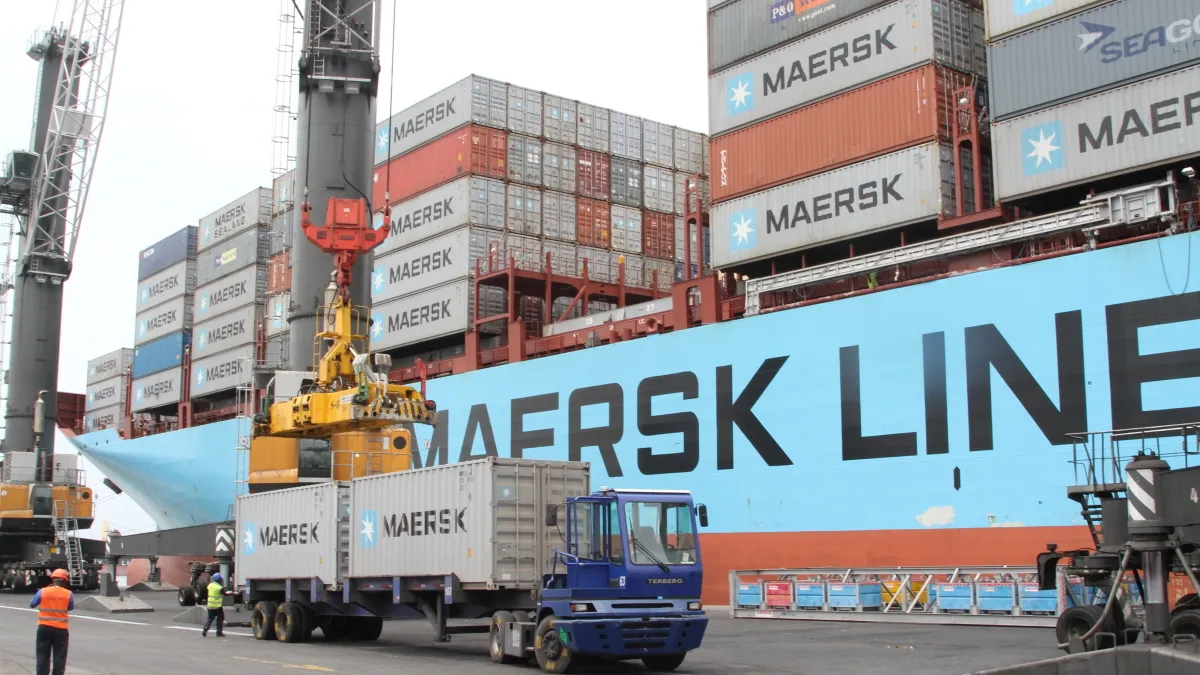Dive Brief:
- Calling the principles "Risk-Based Dangerous Goods Stowage," Maersk reviewed more than 3,000 United Nations numbers of hazardous materials, along with container shift designs, to develop new guidelines for stowing dangerous materials, according to a press release.
- The guidelines are partially in response to the devastating Maersk Honam fire that killed five sailors in March. Maersk has given the guidelines to the International Maritime Organization (IMO) and Danish maritime authorities.
- Further reviews on best practices for dangerous goods stowage are planned with several organizations, including the American Bureau of Shipping (ABS), Lloyds Register, National Cargo Bureau and others.
Dive Insight:
While Maersk followed all the rules established by the International Maritime Dangerous Goods (IMDG) code, the Honam fire broke out in a cargo hold that was in front of the area where some dangerous goods were stored, the shipping company acknowledged.
"This clearly showed us that the international regulations and practices with regards to dangerous goods stowage needs to be reviewed in order to optimally protect crew, cargo, environment and assets," said Ole Graa Jakobsen, Head of Fleet Technology at Maersk, in the release.
Some of the rules came about following a workshop to identify and evaluate potential hazards from dangerous stowage on container ships, conducted by the American Bureau of Shipping (ABS), a 50-year-old provider of classification and technical advisory services to the marine and offshore industries.
Maersk and other industry stakeholders took part in the workshop — a comprehensive Hazard Identification (HAZID) study — to better understand key risks associated with cargo, according to an ABS press release. Container vessel designs were reviewed from a risk mitigation perspective.
Under Maersk's new rules, cargo covered under the IMDG code no longer will be stowed next to accommodation and the main propulsion plant — the area identified as having the lowest risk tolerance. Risk tolerance also is low below decks and in the middle of the vessel, while risk tolerance is highest fore and aft on the deck. Using statistics on container fires in the Cargo Incident Notification System (CINS), Maersk defined which UN numbers can be stored in each risk zone.
"Container ship fires are a problem for our entire industry, and we intend to share and discuss our learnings from this thorough review within relative industry forums," said Maersk’s Jakobsen.












